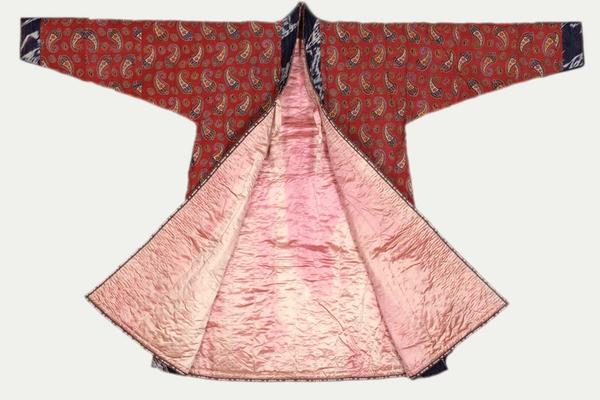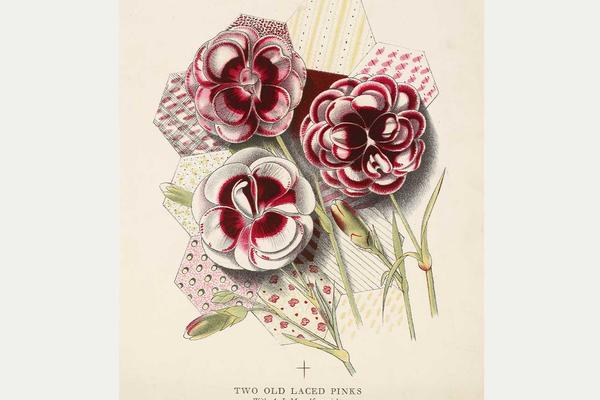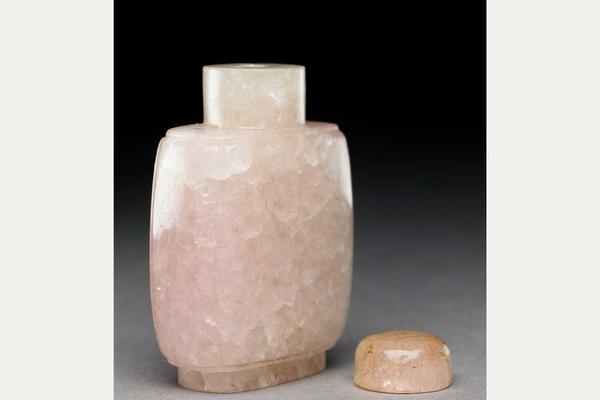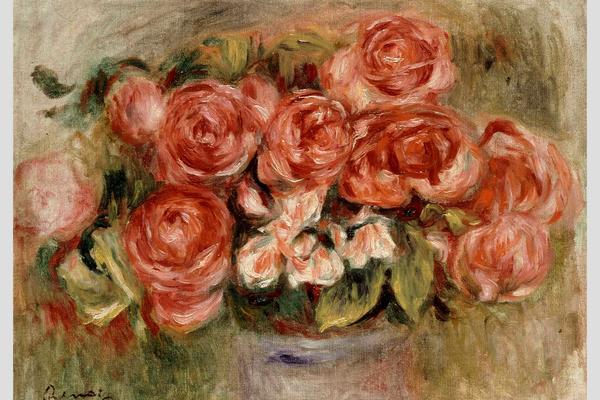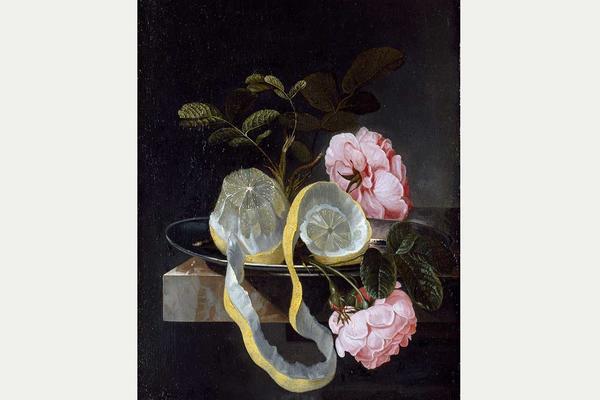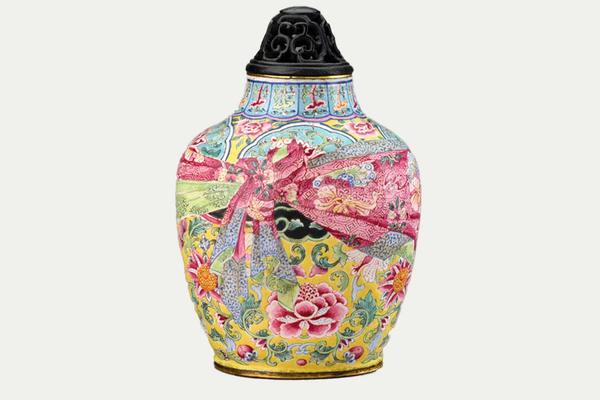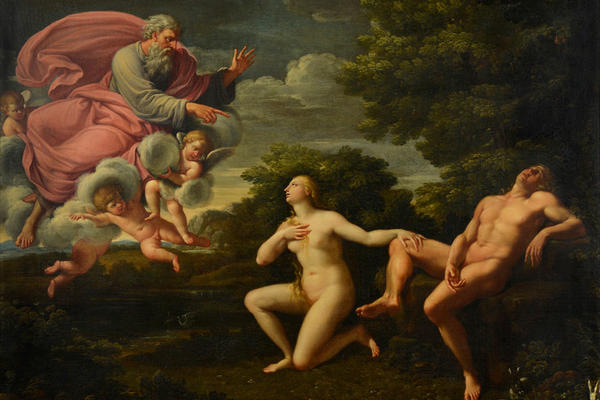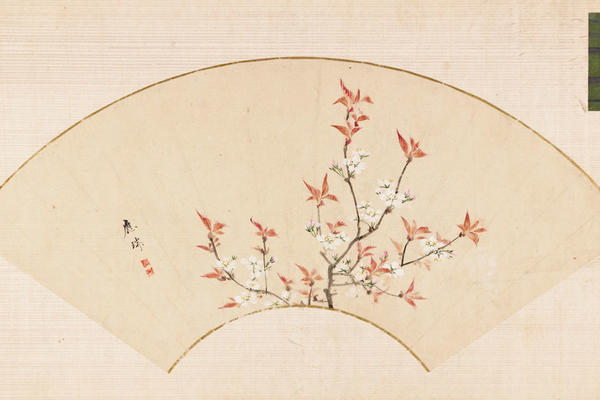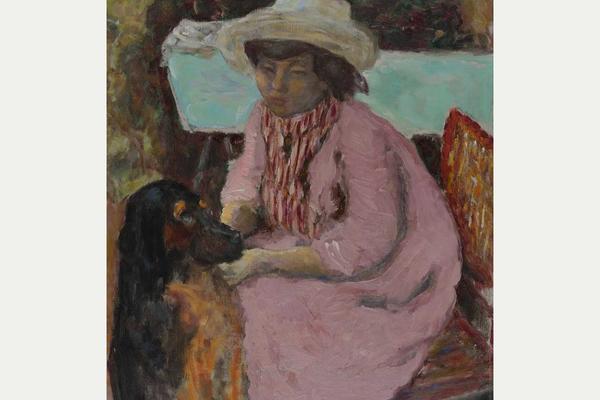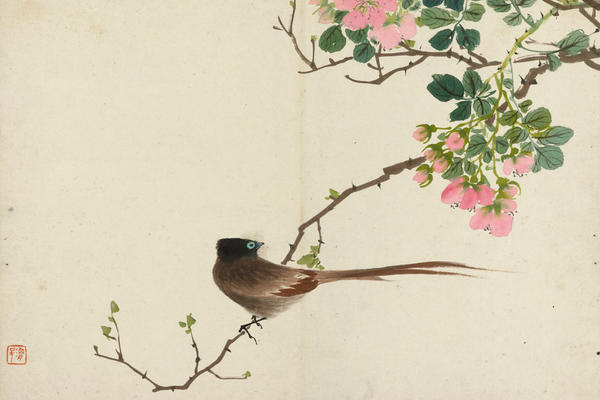THE YEAR OF PINK
With magenta selected as Pantone’s colour of the year, and the release of the Barbie movie this summer, 2023 is the year of all things pink.
Take a look through some perfectly pink hues from our collection, and some highlights from our upcoming major exhibition, Colour Revolution: Victorian Art, Fashion & Design.
Coat padded and lined with pink satin, 1801–1869
Two Old Laced Pinks, 1939
Quartz snuff bottle, 1701–1900
Still Life of Roses in a Vase, c 1909–1919
Still Life with a Lemon and pink Roses
Jarlet with floral decoration, 1736–1795
The Creation of Eve, c 1700-1720
Cherry blossoms, fan painting
La Dame en rose, 1909
Plate with lotuses and fish, 1730–1800
Untitled, 1983
Bird sitting on a branch with pink flowers, 1820–1857
The Baptism of Christ, c 1450
Study of Wild Rose, 1871
PINK THROUGH THE AGES
The history of the colour pink is as colourful as the hue itself. Pink’s association with fashion, gender and symbolism has undergone considerable changes throughout history.
Early humans used pigments such as ochre to create colours, including shades of pink, and the ancient Egyptians used pink in wall paintings. Pink also appears in Roman wall frescoes like this depiction of Venus at Pompeii.
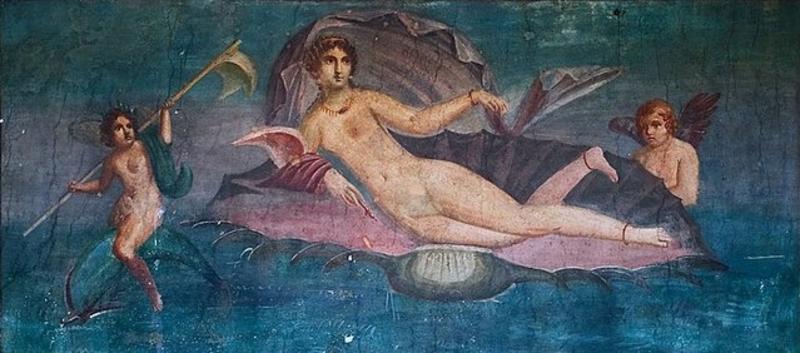
Fresco of Venus on the wall at the 'House of Venus in the Shell' at Pompeii. Image: Wikimedia Commons
Before the invention of synthetic dyes, pinks could be created by artists using minerals, berries and plant extracts, insects and snails, or by mixing other pigments. Available dyes and pigments varied across different regions and throughout history, leading to unique colour palettes and artistic expressions.
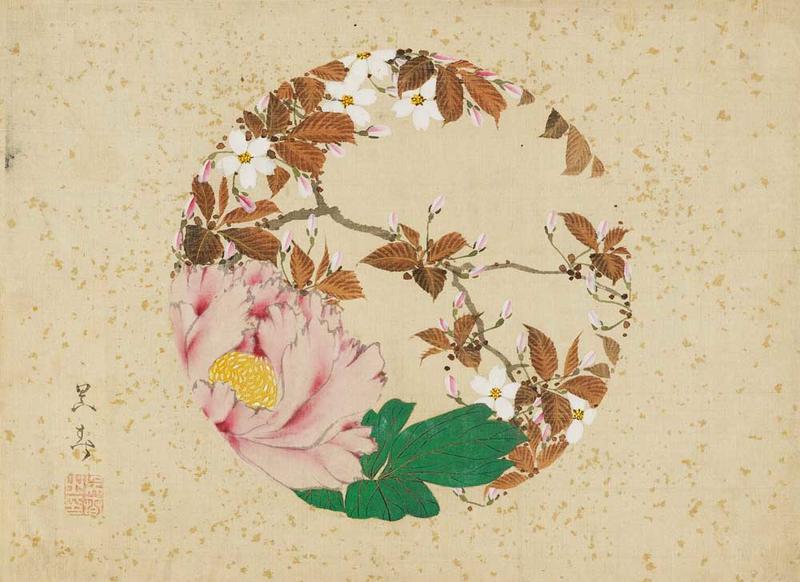
A roundel of peony and flowering cherry, 1752-1811, by Goshun – EA1973.46
Artists like Raphael would use pink to add blushes to skin during the Renaissance, and the Rococo period saw a significant emphasis on pastel shades, including pink, which featured in fashion, paintings and decorative arts.
Later, during the Romantic period, pink would become associated with themes of beauty, love, and nature and, in the mid-1800s, the development of synthetic dyes gave artists access to a wider range of pink shades, leading to its increased use in fashion and interior design during the Victorian era.
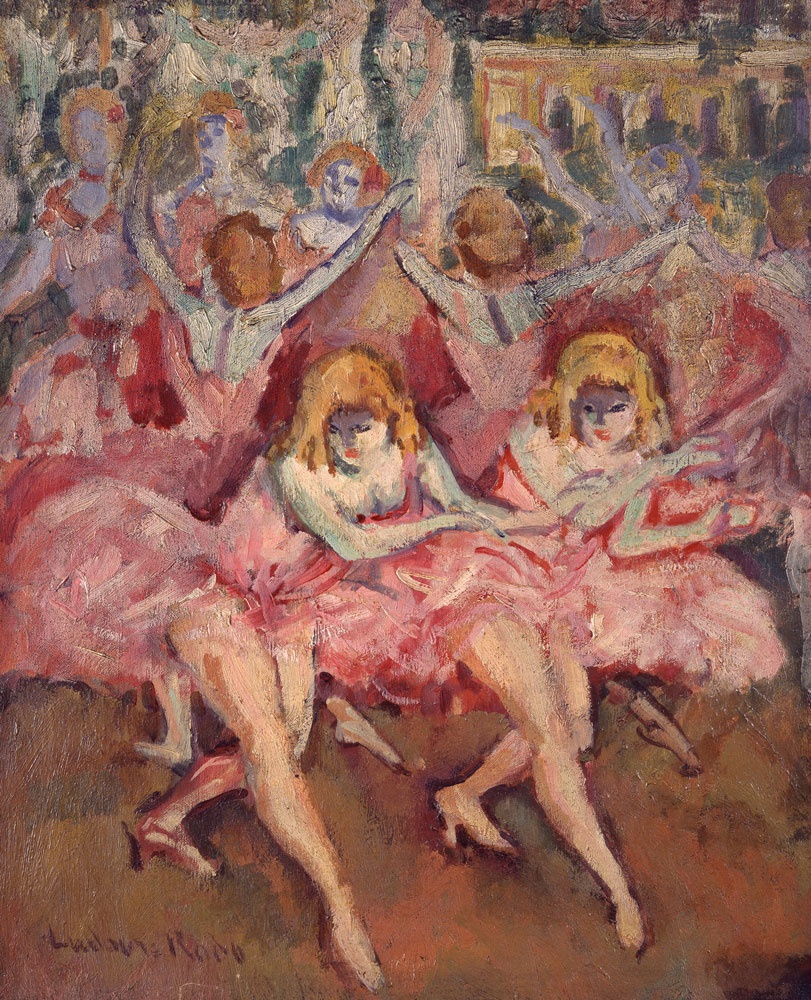
Dancers in pink, c 1907, Ludovic-Rodolphe Pissarro (1878-1952) – WA2003.334
COAL TO COLOUR
(Here we share a preview of the Colour Revolution: Victorian Art, Fashion & Design exhibition catalogue, coming soon. Words by Matthew Winterbottom.)
In 1859, 18-year-old student William Perkin produced aniline purple – a vivid violet dye – from coal tar. Perkin was a student and assistant of German chemist August Wilhelm von Hofmann, the brilliant head of the Royal College of Chemistry in London
Aniline purple, also known as mauveine, was the first of the so-called aniline dyes and is considered the world’s first commercial synthetic dye. It began a colour revolution.
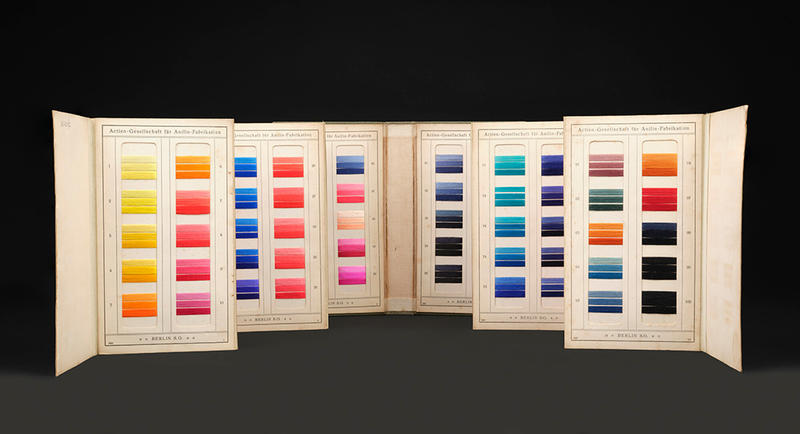
Synthetic dye samples, the Berlin Aniline Co, woven wool and silk on paper and printed, c.1900 © History of Science Museum, University of Oxford
Perkin’s discovery encouraged chemists across Britain, France, Germany and Switzerland to search for more synthetic colours from coal tar.
In 1858 the second aniline dye – an intense crimson red – was created simultaneously in England and France. Officially named Fuchsine, after both the fuchsia flower and the German name for fox, it was renamed Magenta by the French in 1859 in celebration of their victory over the Austrians at the Battle of Magenta.
Solferino – an intense pink, named after another French victory – soon followed. By the early 1860s an entire rainbow of synthetic dyes had been created from coal tar.
A COLOUR REVOLUTION
As Britain’s industrial revolution gained pace, new scientific breakthroughs allowed the Victorians to become increasingly revolutionary in their use of colour, with new hues greeted with both excitement and suspicion.
You can rediscover Victorian society as a vibrant colour-filled era in our upcoming exhibition, Colour Revolution, and discover dazzling dyes used in chic corsets, bold experiments by avant-garde painters, and the flamboyant
use of nature's beauty in jewellery.
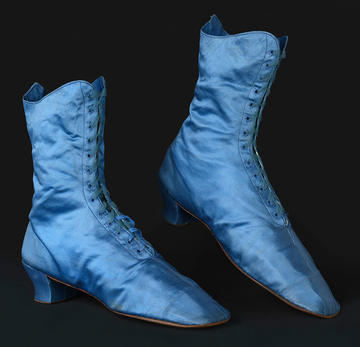
Women's boots, England, blue satin over linen, 1870s © Manchester Art Gallery
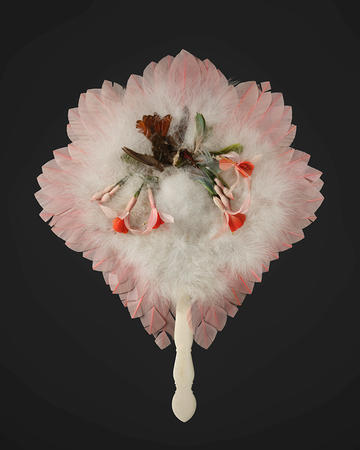
Hummingbird fan and handscreen, 1872-74 © Manchester Art Gallery
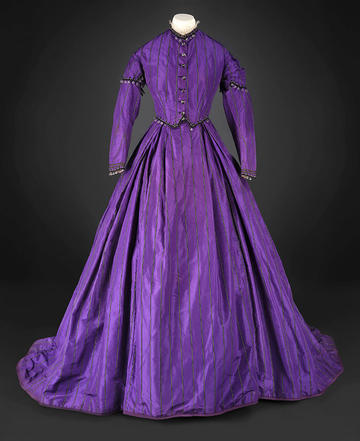
Lady’s day dress, England, aniline-purple silk, about 1865–70 © Manchester Art Gallery
MORE ON DISPLAY
Large-scale paintings by Flora Yukhnovich are currently on display in our Ashmolean NOW exhibition, which is free to enter and open until 14 January 2024. The paintings were made in response to the Ashmolean's 17th-century still-life paintings and feature intense red, pink and peach colours and an abstracted painterly language.
Yukhnovich is interested in different notions of femininity in the history of art and popular culture, looking at contrasting stereotypes such as 'virtuous' and 'monstrous' women.
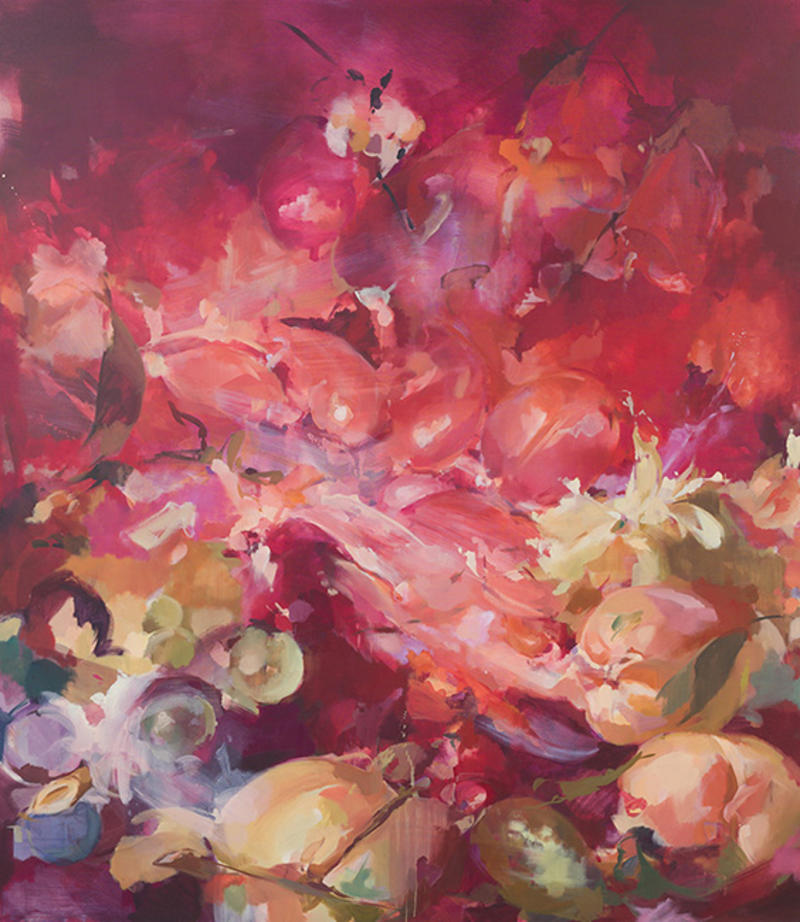
I Might Have Known It Would Be Red, Flora Yukhnovich, 2023, oil on linen © Flora Yukhnovich, courtesy the artist and Victoria Miro
'The Cat of Okazaki', 2015, by Takahashi Hiromitsu, is currently on display in our Kabuki Legends exhibition (free to enter and open until 4 February 2024). Takahashi Hiromitsu creates dynamic prints showing exciting moments in kabuki, a form of Japanese dance drama. In this scene the hero samurai Minbunosuke (shown with a gun instead of a magical sword) fights the demonic cat spirit of Okazaki who has killed the samurai's friend and his wife.
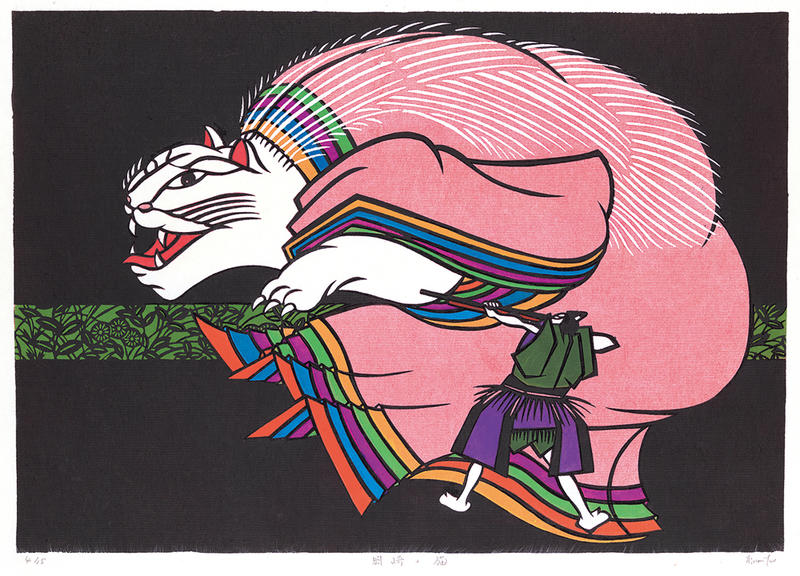
The Cat of Okazaki, 2015, Takahashi Hiromitsu. EA2020.203 Image © Hiromitsu Takahashi / The Tolman Collection
From ancient frescoes to Victorian fashion and modern design, pink continues to be important to artists today, and of significant cultural relevance.
Can you find more pink in the Museum's collections?



